Formalin is a thing of the past!
Formalin is almost certainly carcinogenic to humans [1]. Fortunately, there is a better alternative, which is just as effective but is not carcinogenic and has no special regulations.
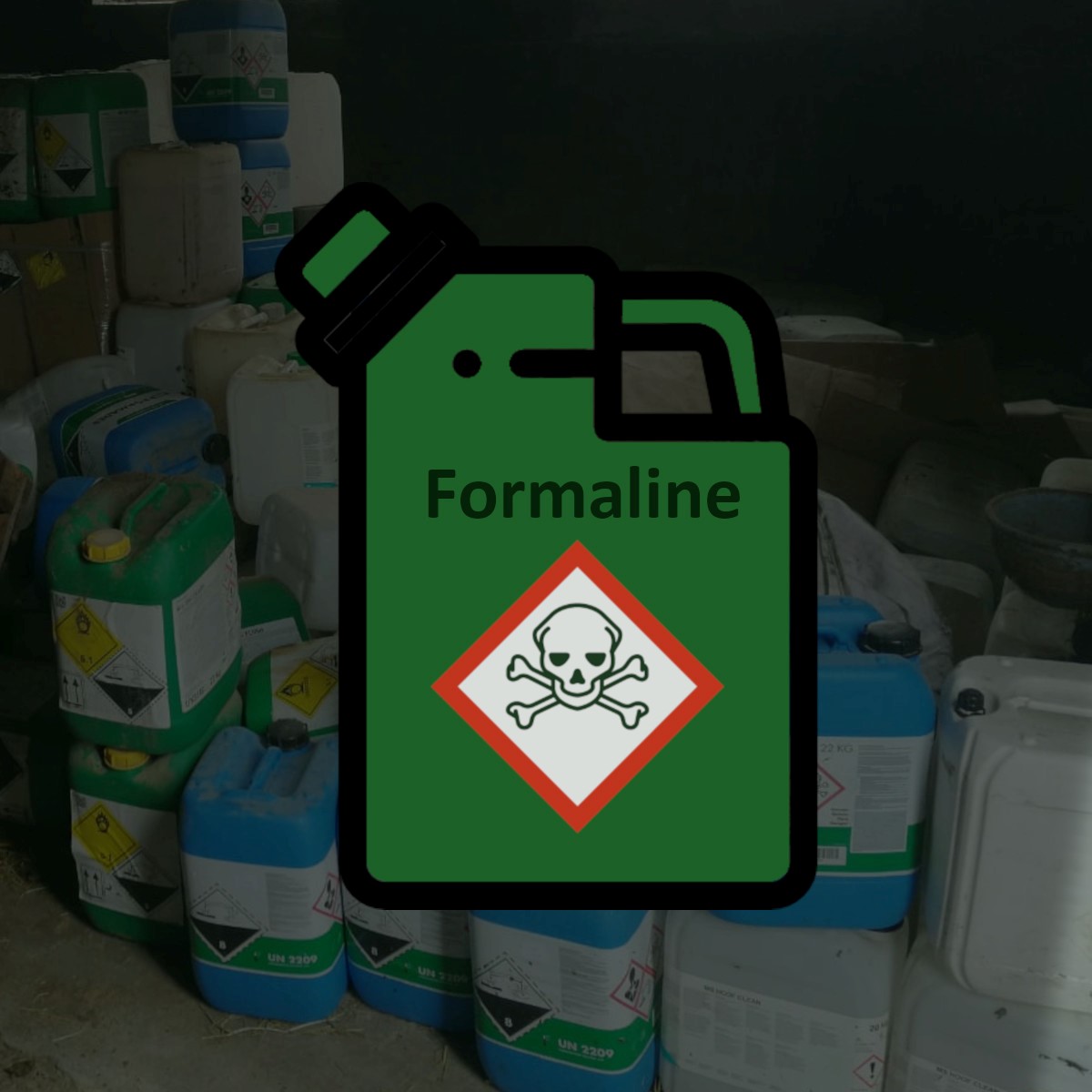
What is Formalin and what is it used for?
Formalin is a popular disinfectant commonly used in disinfecting poultry stables and the claws in dairy cattle. Furthermore, it is still used in some industrial disinfection processes. It is also used as a reactive component to make other substances, which is why it is also found in furniture, seat belts or incense, for example. Formalin is a 37% solution of formaldehyde in water, to which an amount of methanol is added. It is a strong-smelling solution that is colourless. In formalin, the active ingredients are methanol and formaldehyde [2].
Formalin is effective against almost all bacteria, viruses, fungi and yeasts. But formalin is not selective, meaning it affects animal and human cells in addition to micro-organisms [3].
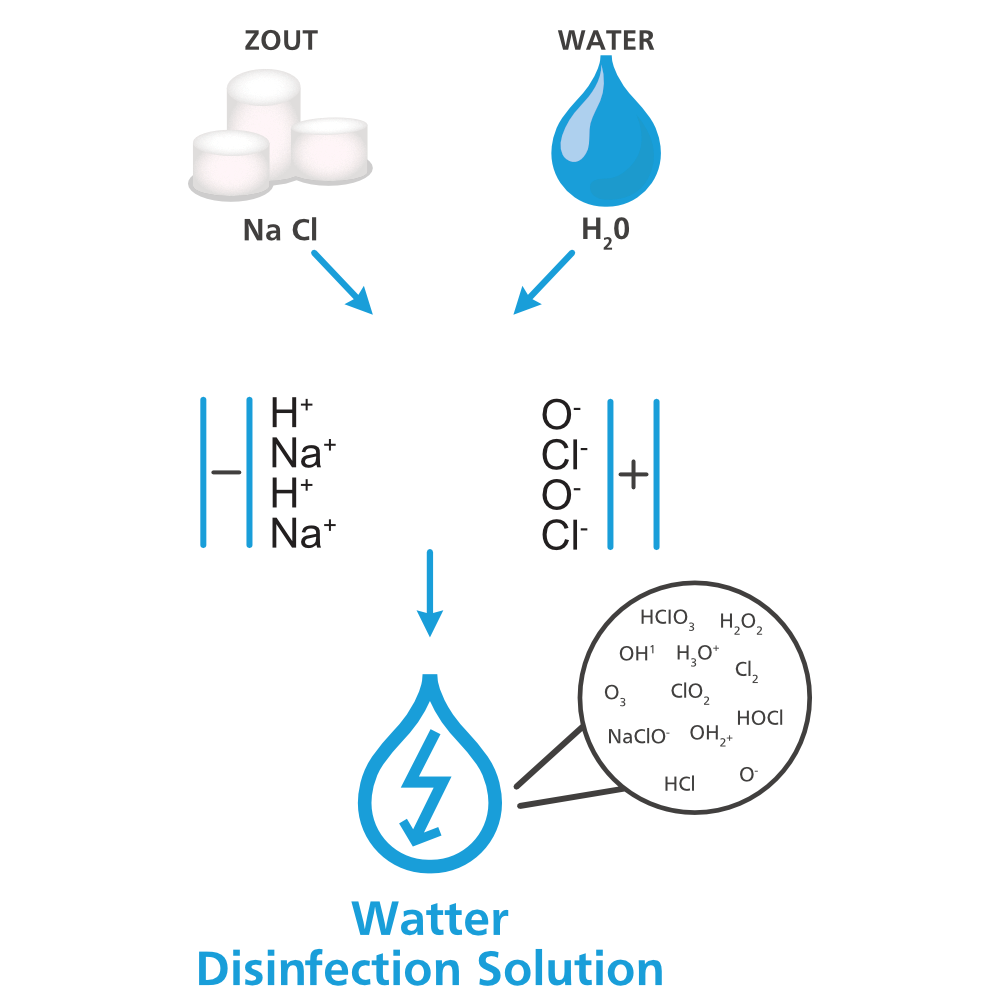
The alternative: Watter Disinfection Solution
With our Watter technology, Watter Disinfection Solution is produced sustainably on site. In effective concentrations, this agent is considered user-friendly and is not classified as carcinogenic [4]. But what makes Watter Disinfection Solution a good alternative to formalin? Read on soon to find out how this alternative works!
How does Watter Disinfection Solution work?
The active ingredient in Watter Disinfection Solution is HOCl (also known as hypochlorous acid). Our innovative Watter technology allows us to produce it on site by electrolyzing salt dissolved in water. Because HOCl has an oxidising property, this disinfectant is very effective against fungi, yeasts, bacteria and viruses [4]. This disinfectant can be used in many areas where hygiene is essential, such as the food industry and healthcare. But also drinking water for livestock, for example. Do you also want WDS on site? Then get in touch soon!
Wat is the difference between hypochlorous acid and formalin?
|
Hypochlorous acid |
Formalin |
|
|
Scientific formula |
HOCl |
CH2O |
|
Production |
Electrolysis of water and salt |
Formalin is a solution of 37% formaldehyde in water. |
|
Color |
Transparent |
Transparent |
|
Effective |
Effective against:
|
Effective against:
|
|
Side effects |
|
|
|
Warning symbols |
N/A |
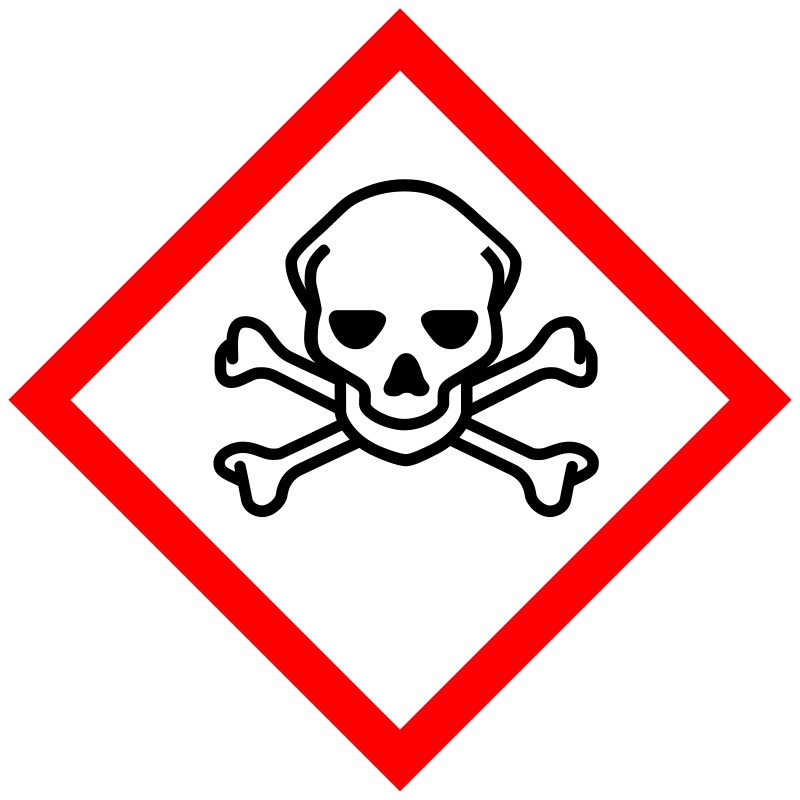 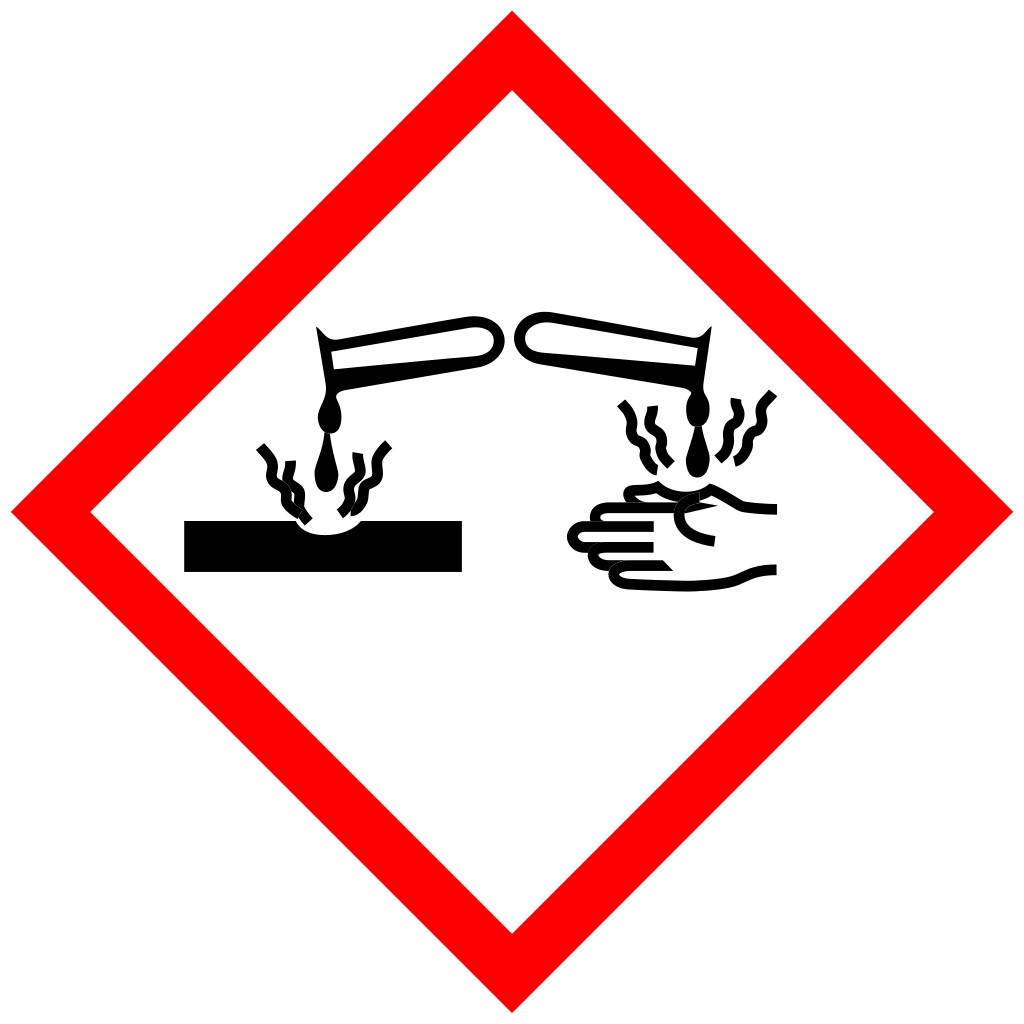 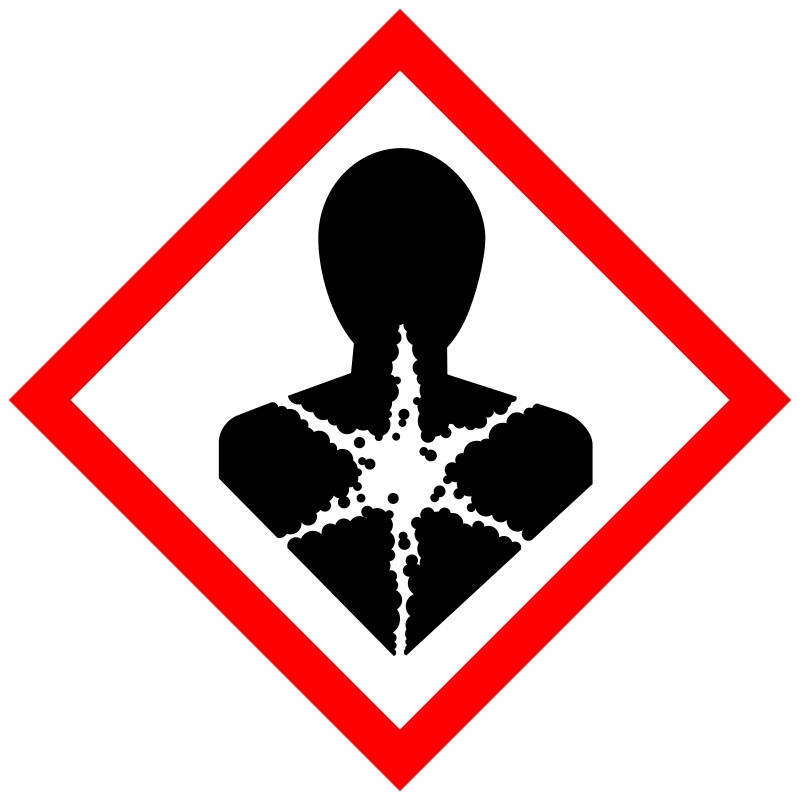 |
Contact Watter Now!
See what a machine from Watter can do for you!
References
- IARC Working Group on the Evaluation of Carcinogenic Risks to Humans. Formaldehyde, 2-Butoxyethanol and 1-tert-Butoxypropan-2-ol. Lyon (FR): International Agency for Research on Cancer; 2006. (IARC Monographs on the Evaluation of Carcinogenic Risks to Humans, No. 88.) Available from: https://www.ncbi.nlm.nih.gov/books/NBK326468/
- Salthammer, T., Mentese, S., & Marutzky, R. (2010). Formaldehyde in the indoor environment. Chemical reviews, 110(4), 2536–2572. https://doi.org/10.1021/cr800399g
- McDonnell, G., & Russell, A. D. (1999). Antiseptics and disinfectants: activity, action, and resistance. Clinical microbiology reviews, 12(1), 147–179. https://doi.org/10.1128/CMR.12.1.147
- Tsai, SY., Liu, YM., Lin, ZW. et al. Antimicrobial activity effects of electrolytically generated hypochlorous acid-treated pathogenic microorganisms by isothermal kinetic simulation. J Therm Anal Calorim 148, 1613–1627 (2023). https://doi.org/10.1007/s10973-022-11727-4



